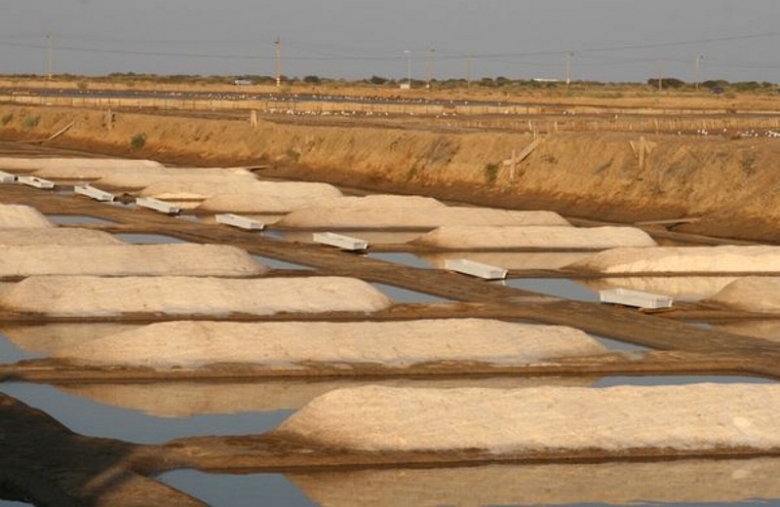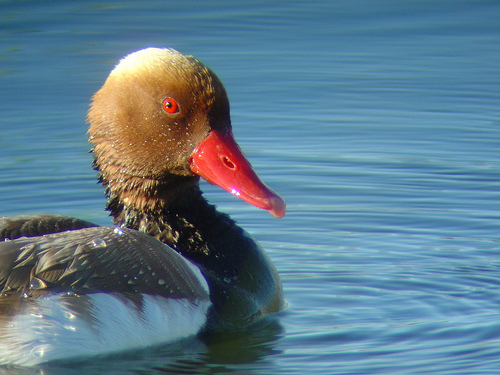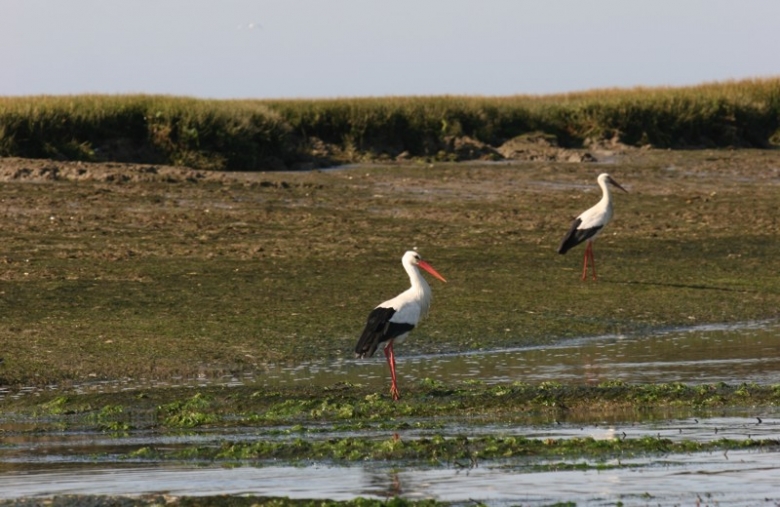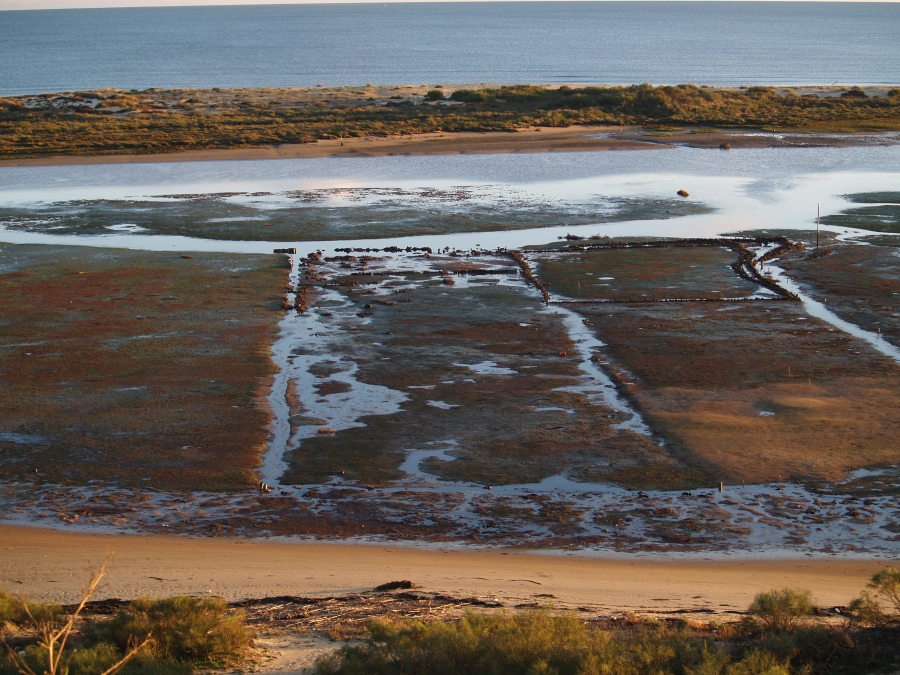Ria Formosa
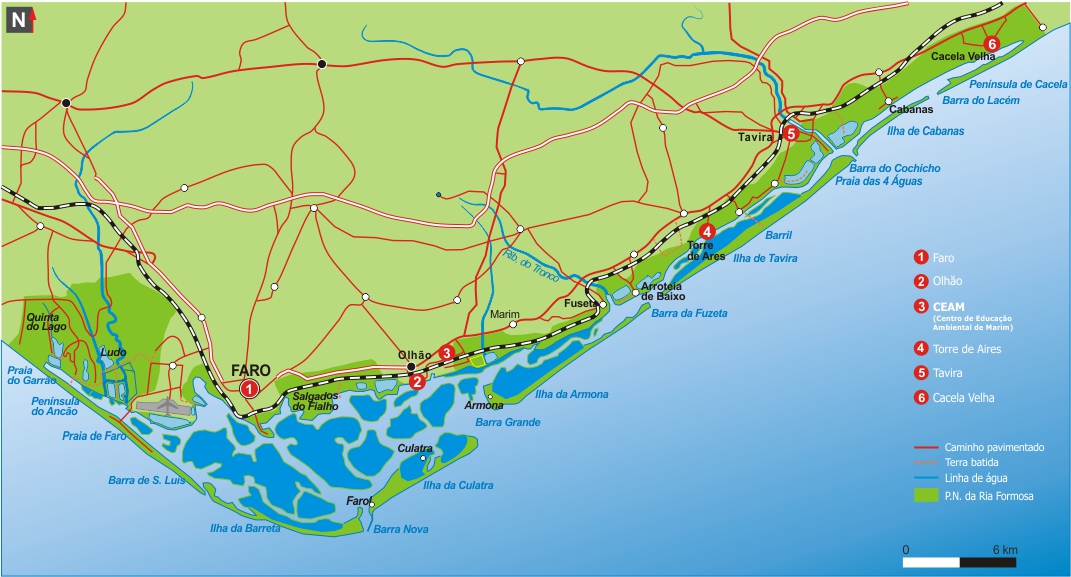
The Ria Formosa Natural Park is regarded as one of the 7 wonders Natural Portugal, this consists of an estuary and lagoon system, in which it jutted a coastline strip of dunes, formed by peninsulas and islands that protect the marshland, and channels islets. Every year thousands of species of migratory waterfowl moving here during his trip to northern Europe, like the flamingo, the swallow-the-sea, the little tern, the tailor, the piadeiras, chaffinch, among others. In this region, there are several companies specializing in eco-tourism and promoting the practice of birdwatching, combining boating and kayaking in the Ria Formosa, walking or cycling, accompanied by Nature Guides, since it is crossed to the south by Ecovia the Algarve a circuit that interconnects across Europe by bicycle.
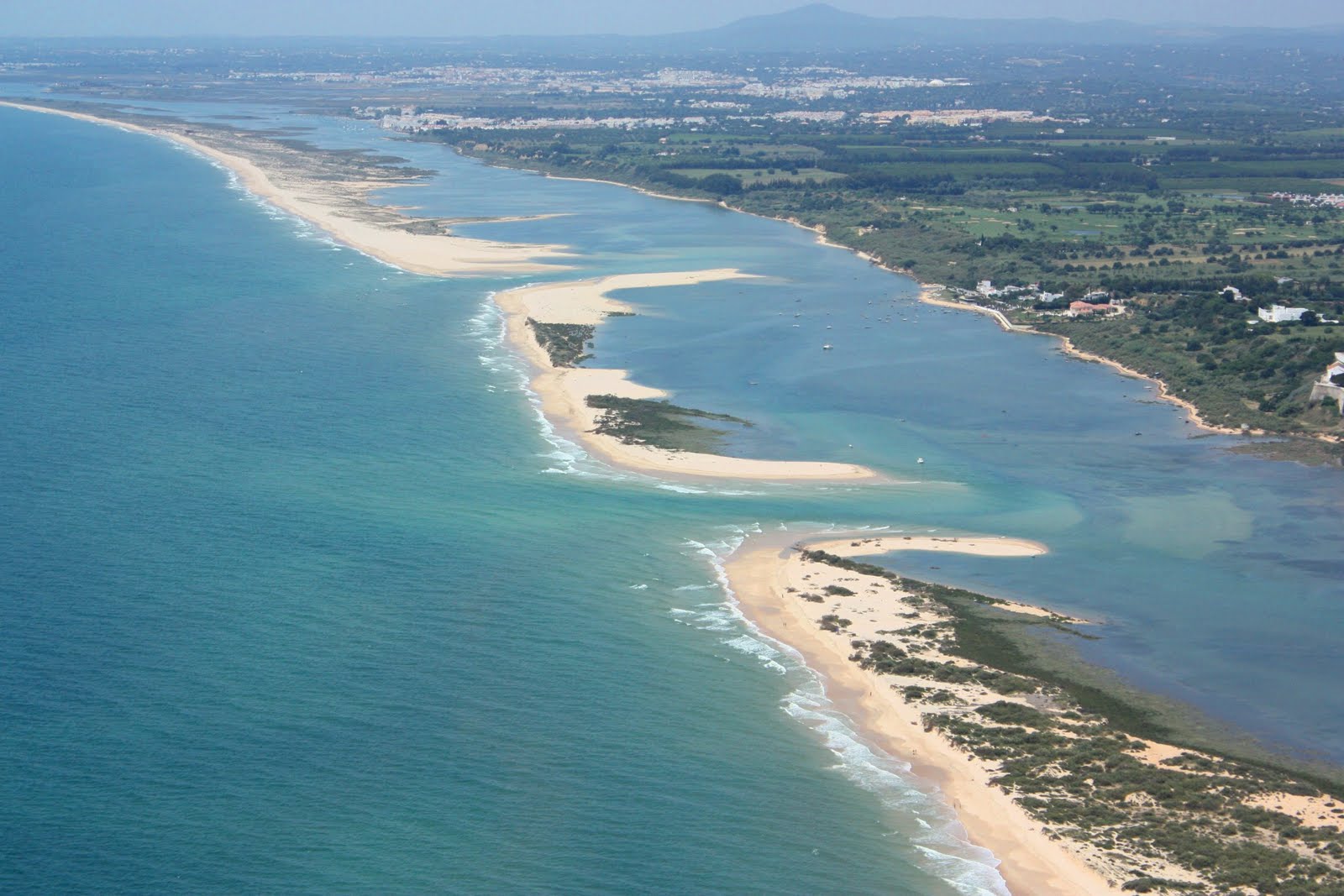
Due to its productive potential, Ria is very important both economically, as it is the biggest clam exploration center of Portugal, but also ecological and social level, being one of the largest support bases for many families. Aquatic habitats of the Ria Formosa, the salt and the marshland have an important role in that in them we observe a large number of representative species of wetlands. While carved by man, the salt present a regular hydrological cycle, providing conditions for the development of complex food webs between various living beings, such as kingfish (Atherina sp.) And gobies (Gobius sp.), Particularly juveniles, live in saline with a large high salt concentration. As for the waders and waterfowl, the salt marshes are a very important place as a resting and feeding; other birds looking for nesting in this area, such as the leg-long (Himantopus himantopus), the Kentish Plover (Charadrius alexandrinus) and the Avocet (Recurvirostra avosetta).
Already the marshland has a dense vegetation that is submerged during high tide and more discovered in the low intertidal. Even though unappealing visually, the marshland is one of the biosphere with higher productivity habitats, as its waters have a lot of nutrients and be calm home to many species, particularly marine that spawn and spend their larval stages and juveniles, even migrate to the sea. Conservation of marshland depends heavily on the abundance of fish and shellfish in coastal waters, the area where the man removes part of his food. However, high productivity is also conditioned by the number of sedentary birds seeking shelter and food in this marshland, which unlike the migratory birds that stop at the Ria Formosa. The plants existing here have adapted to survive periodic flooding, the flooding of the substrate and the high salt levels, while the low marshland dominates the maritime Spartina (morraça) in areas almost permanently submerged, and Atriplex portulacoides, maritime Suaeda and Arthrocnemum perenne higher levels. In more trump cards areas, many birds are observed to feed on the mud, these shorebirds feed on small organisms such as worms, crustaceans, mollusks, usually birds present here are the Heron brancapequena (Egretta garzetta), the heron -cinzenta (Ardea cinerea), the leg-long (Himantopus himantopus), the white stork (Ciconia ciconia), the red leg (Tringa totanus), the common-thorn-apple (Calidris alpina) and interrupted sandpiper-toed ( Charadrius alexandrinus).
